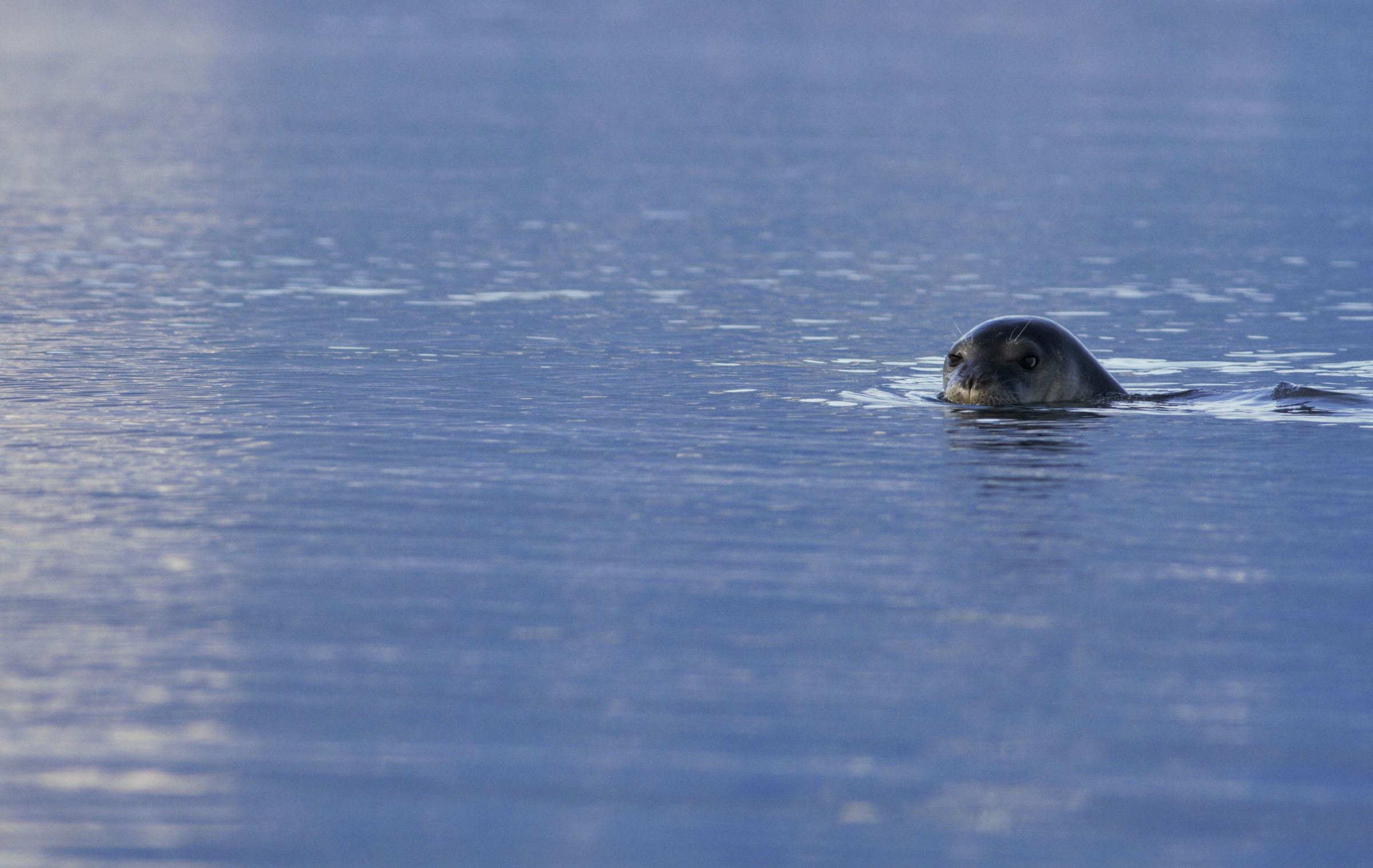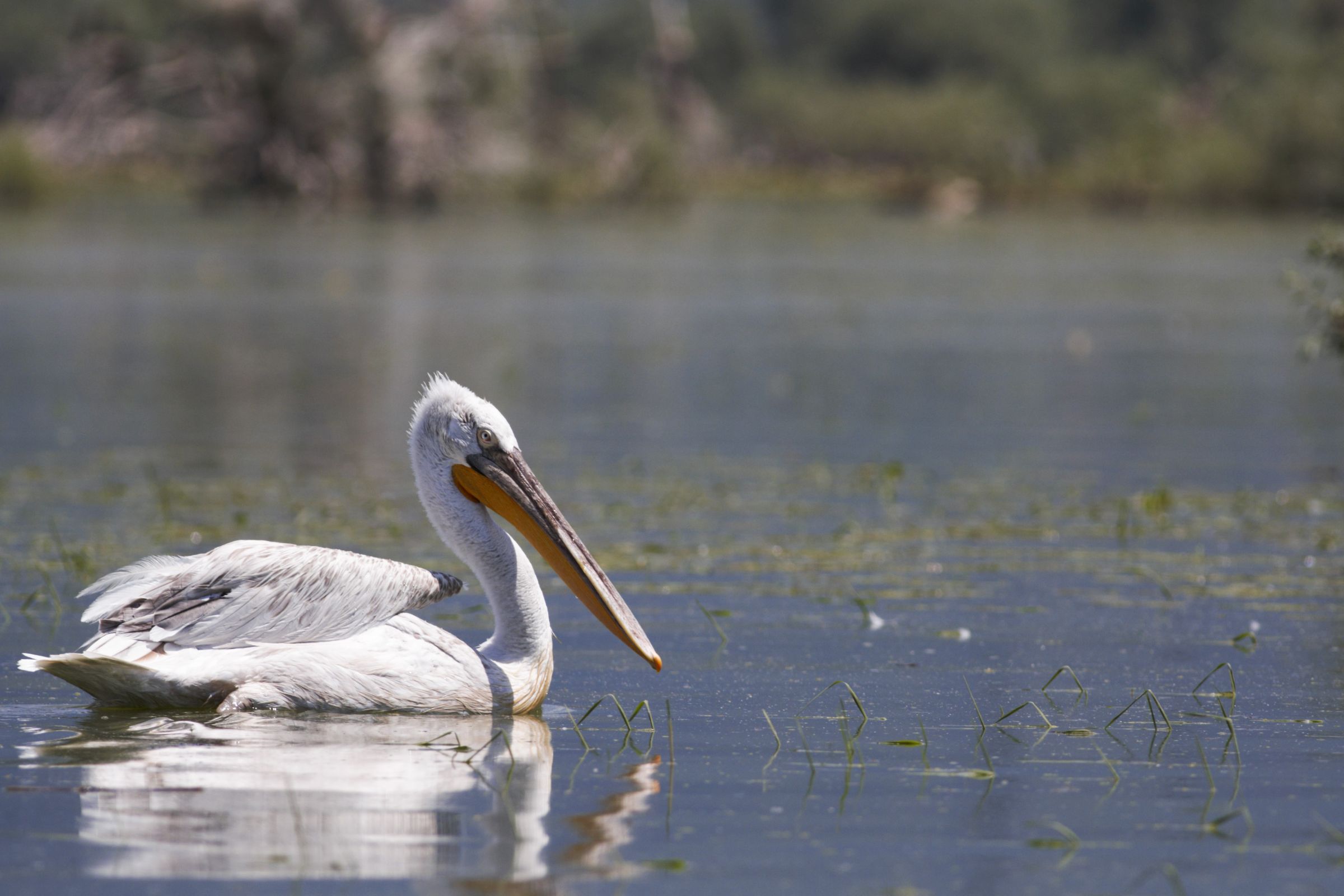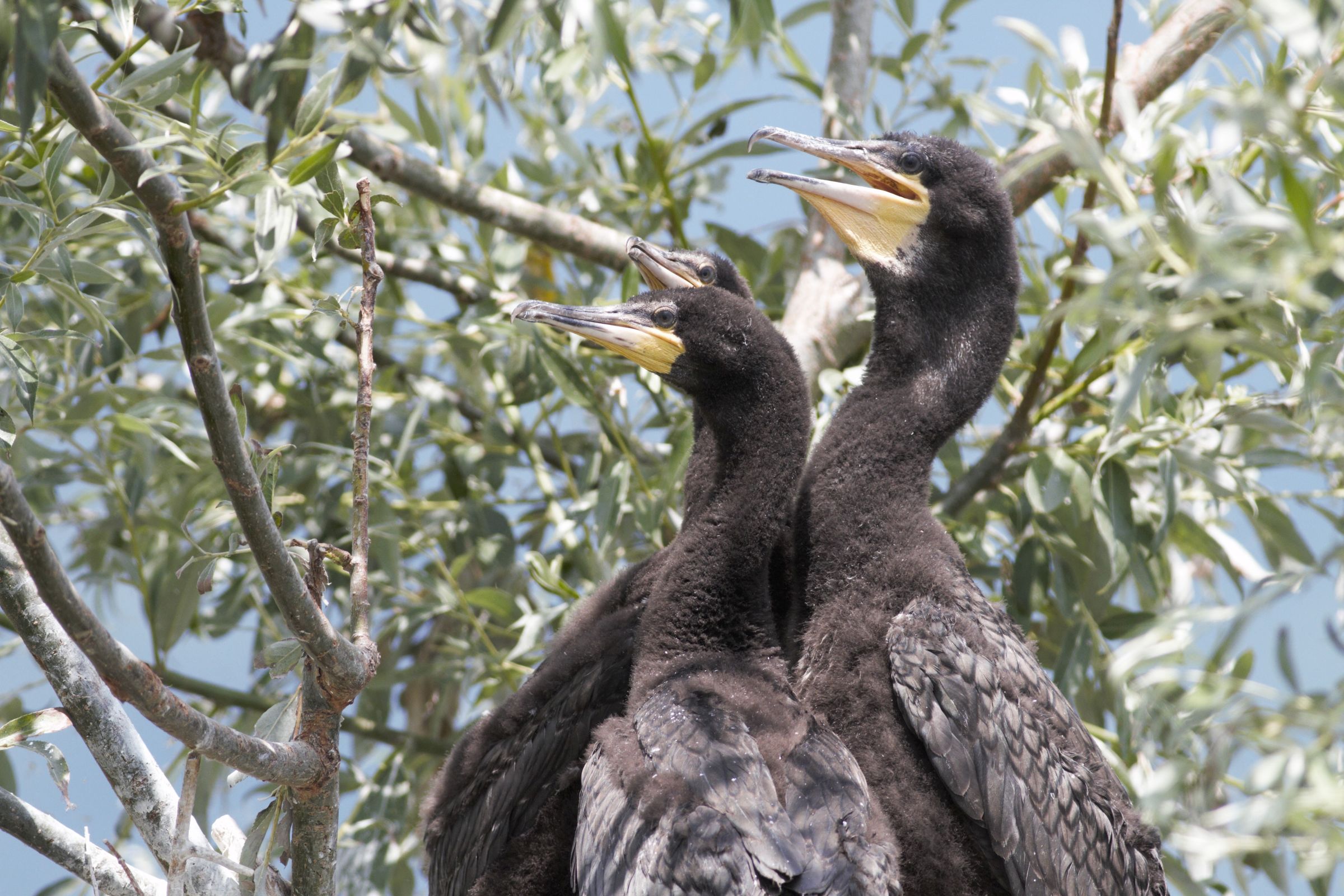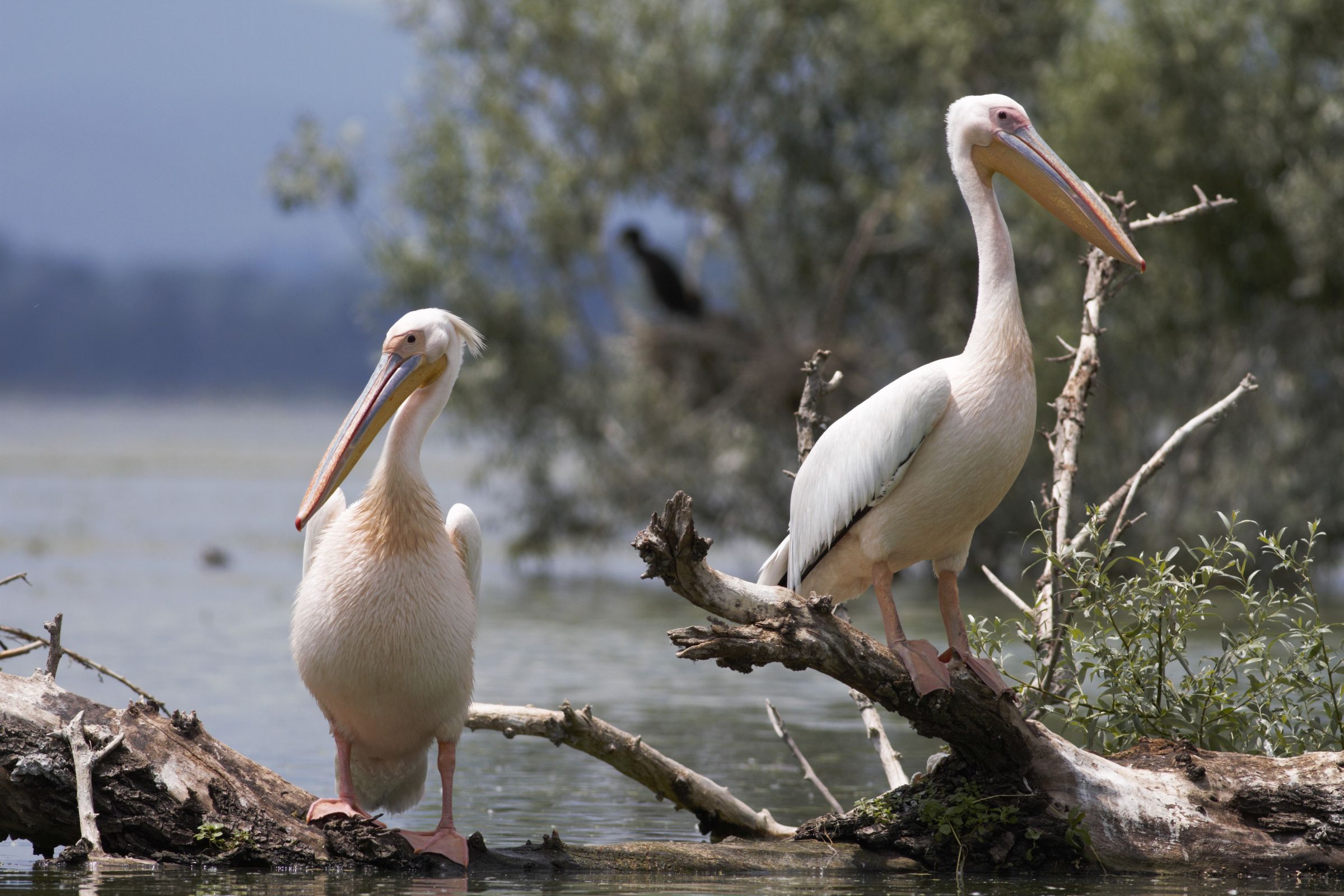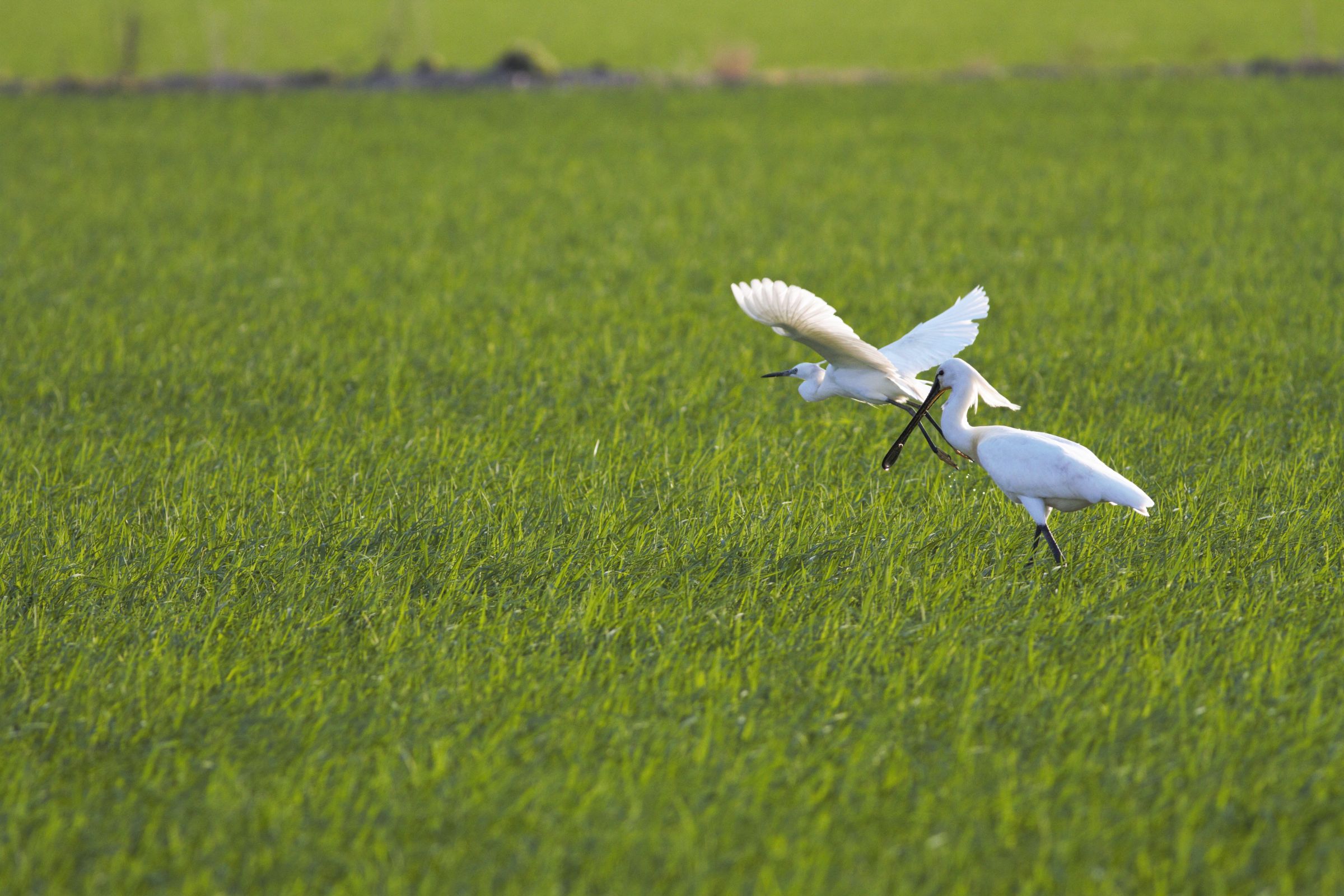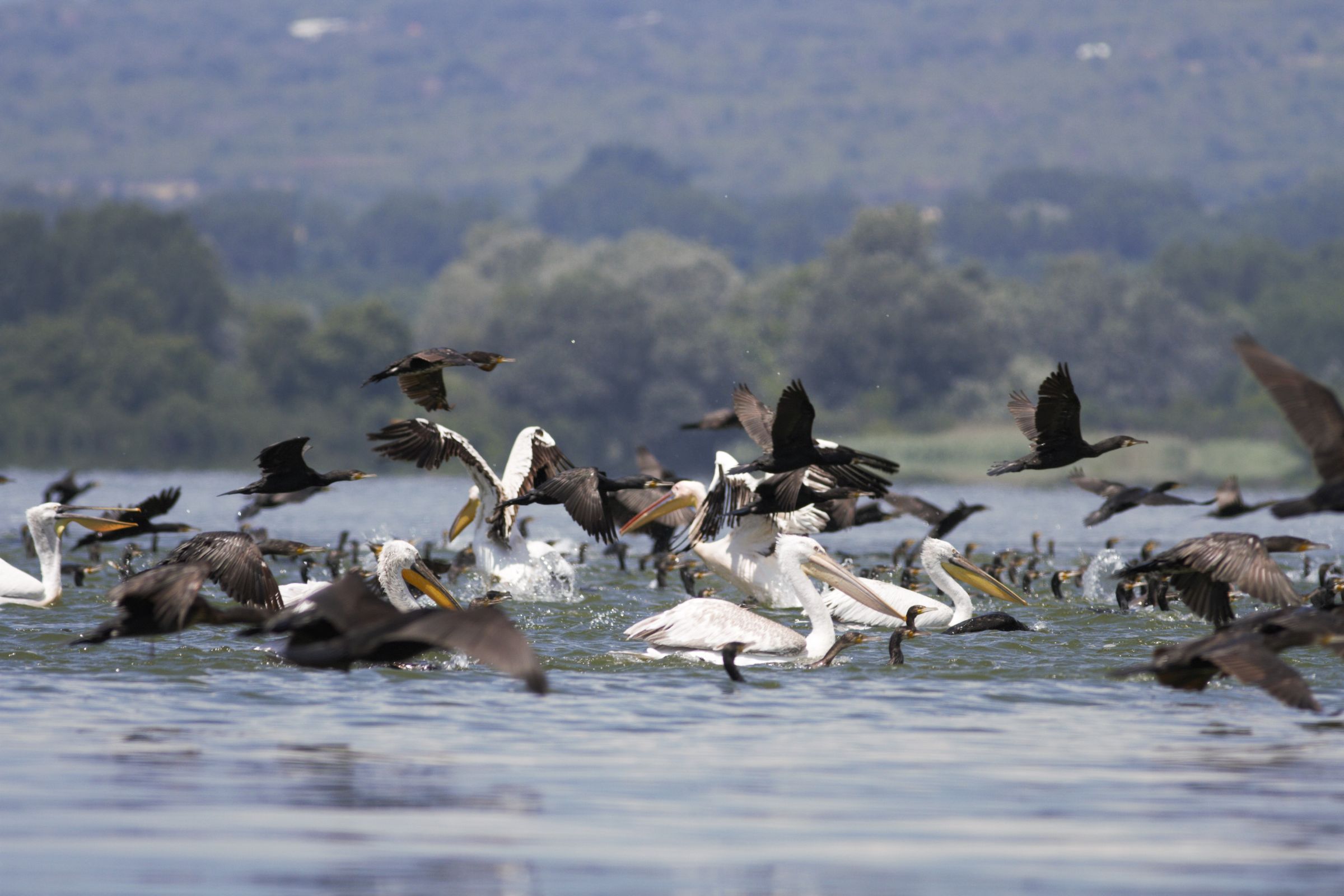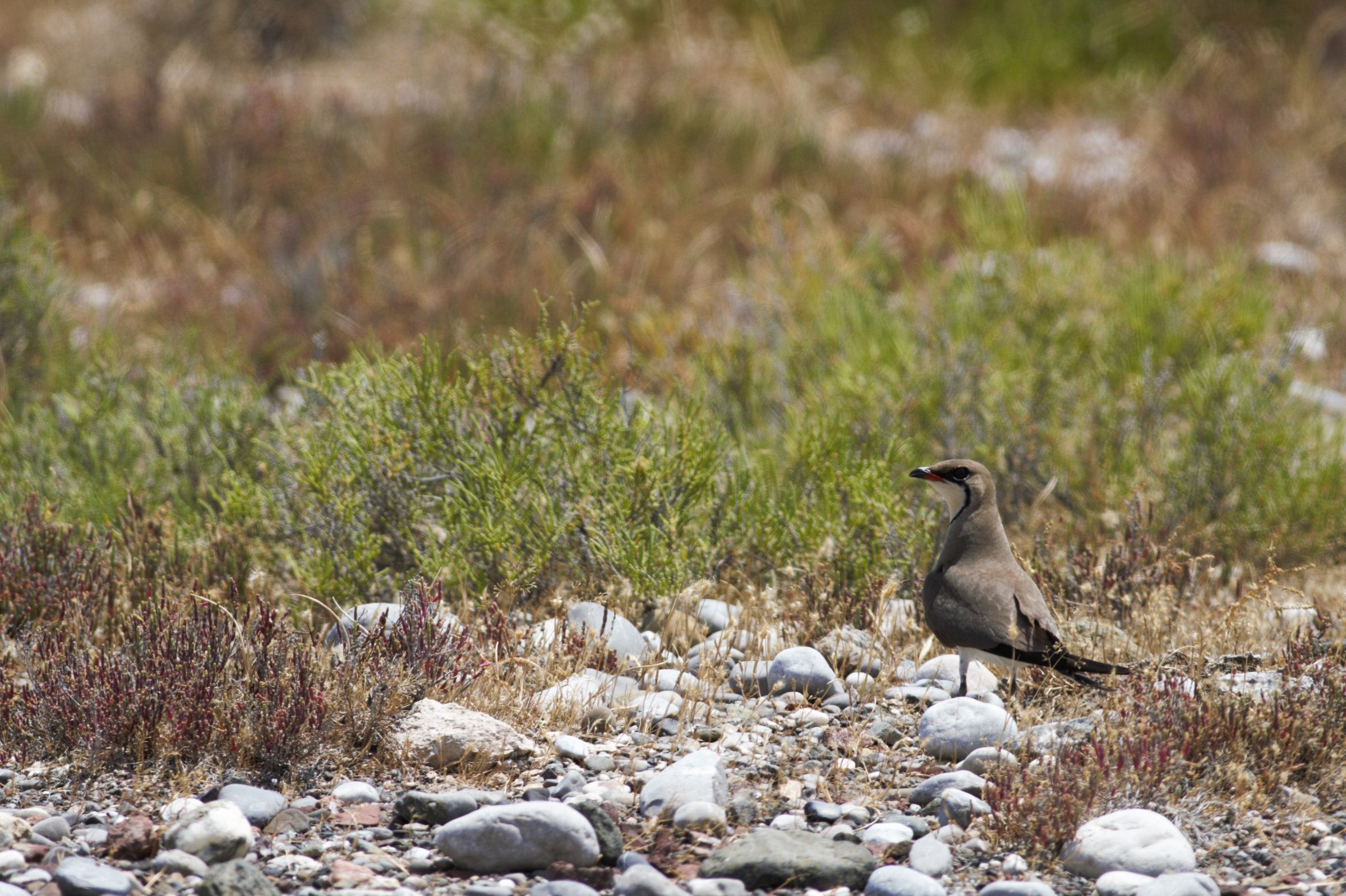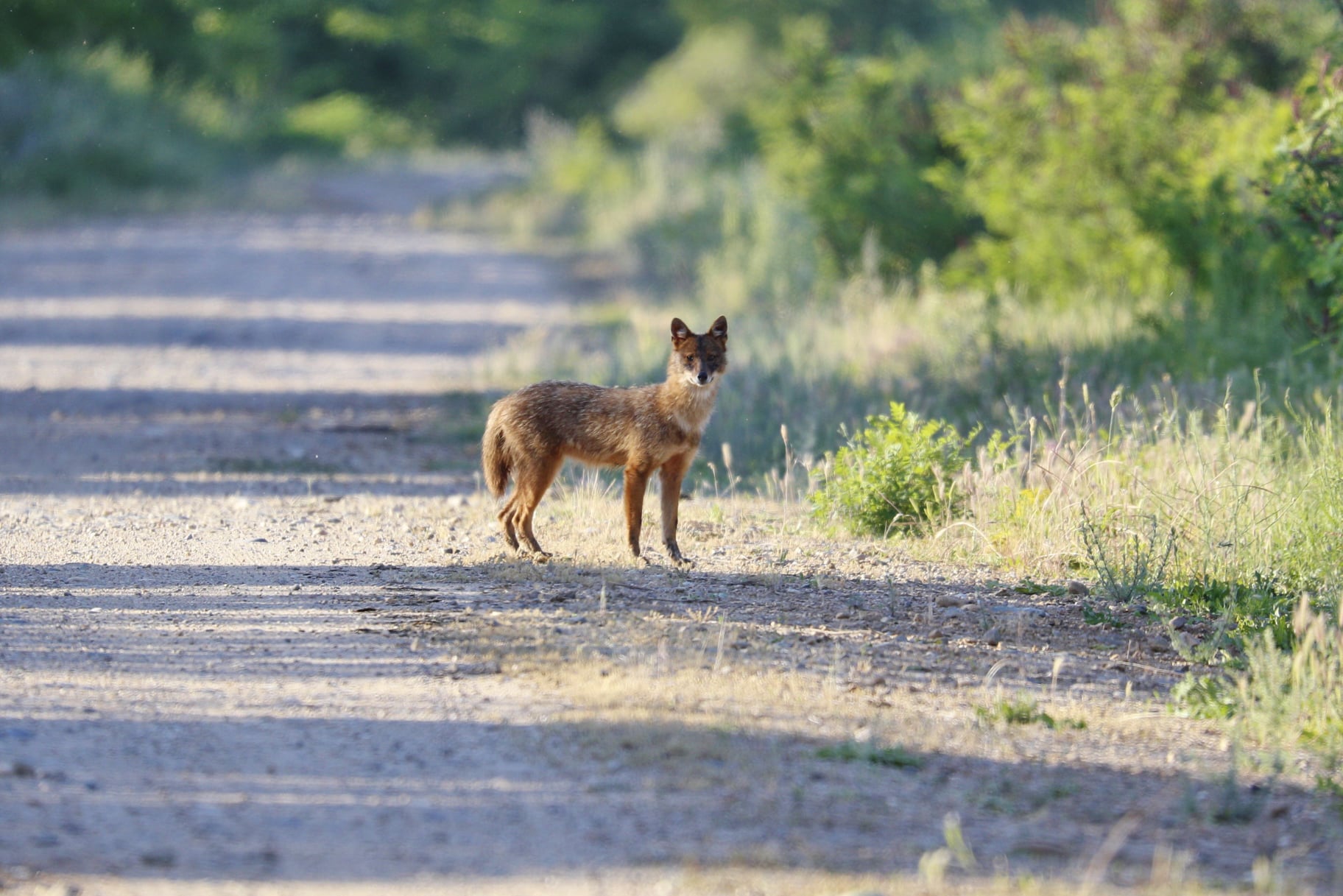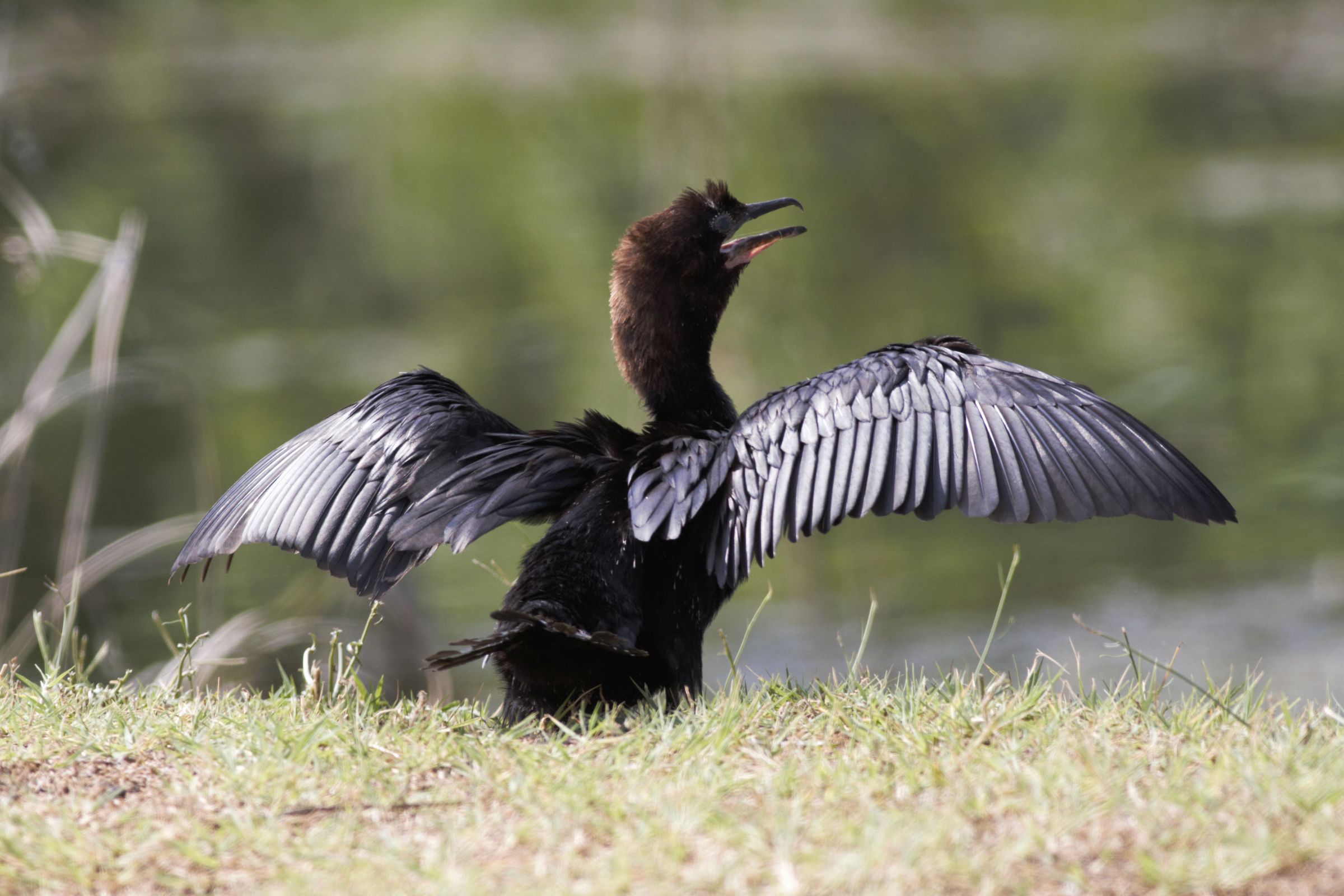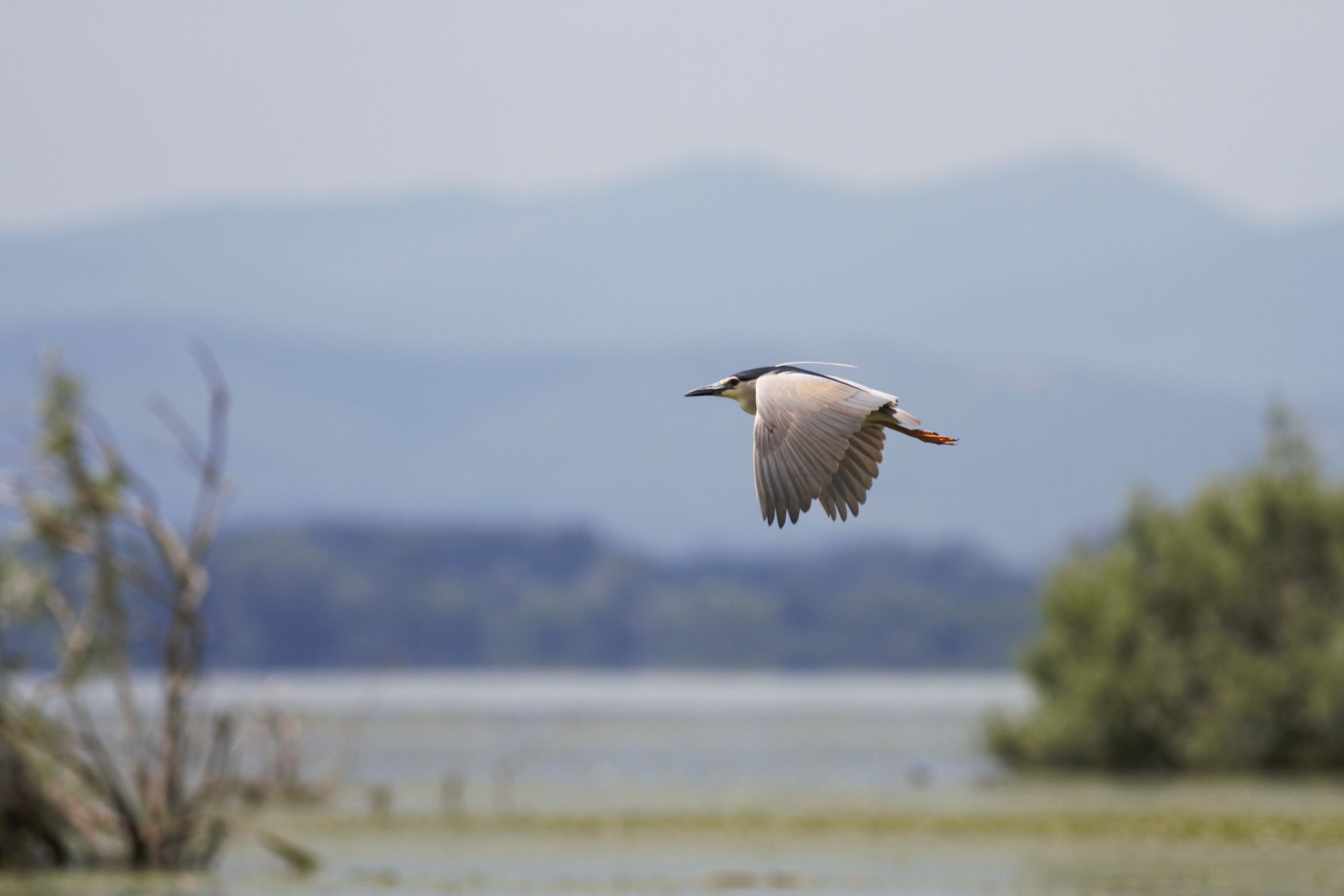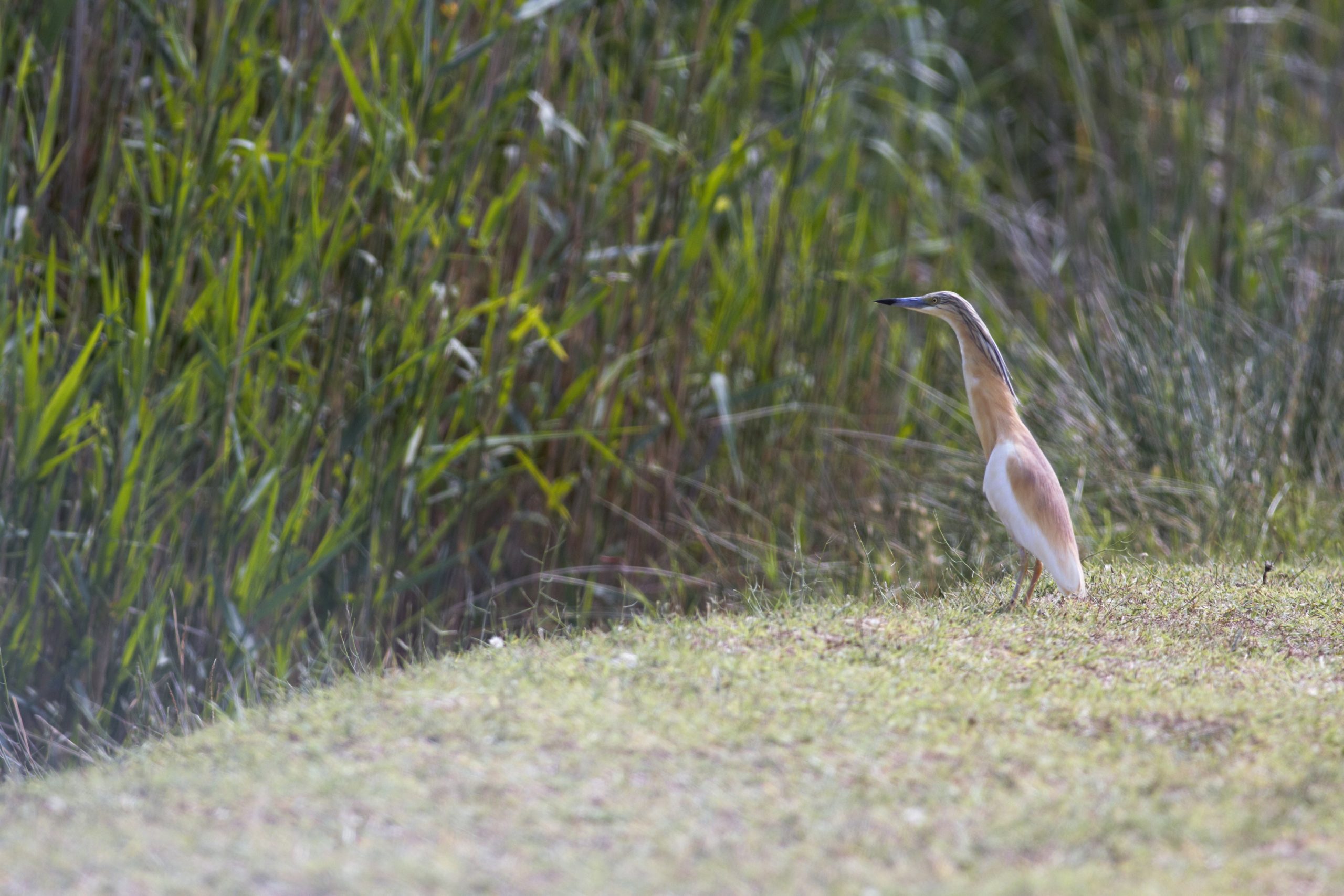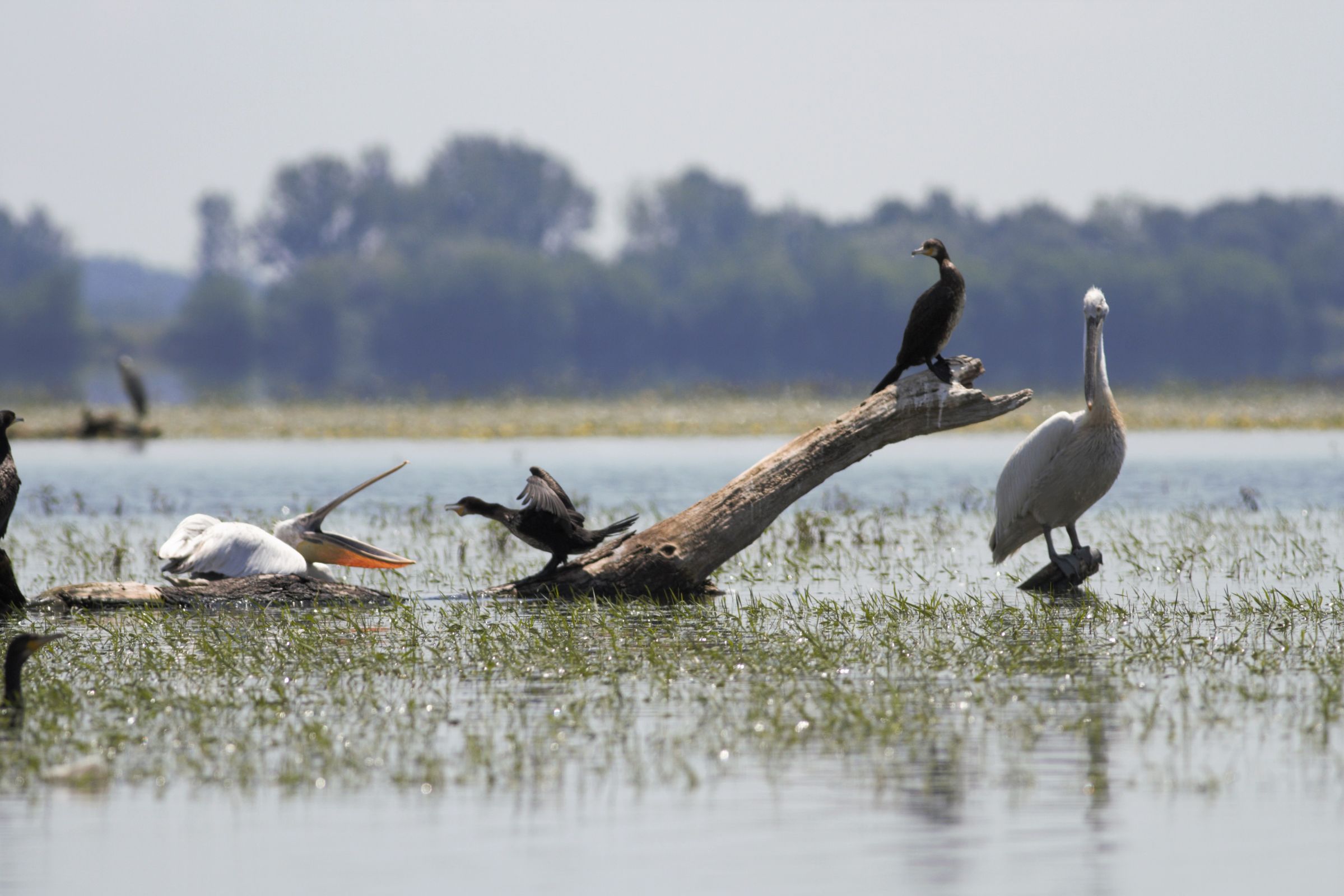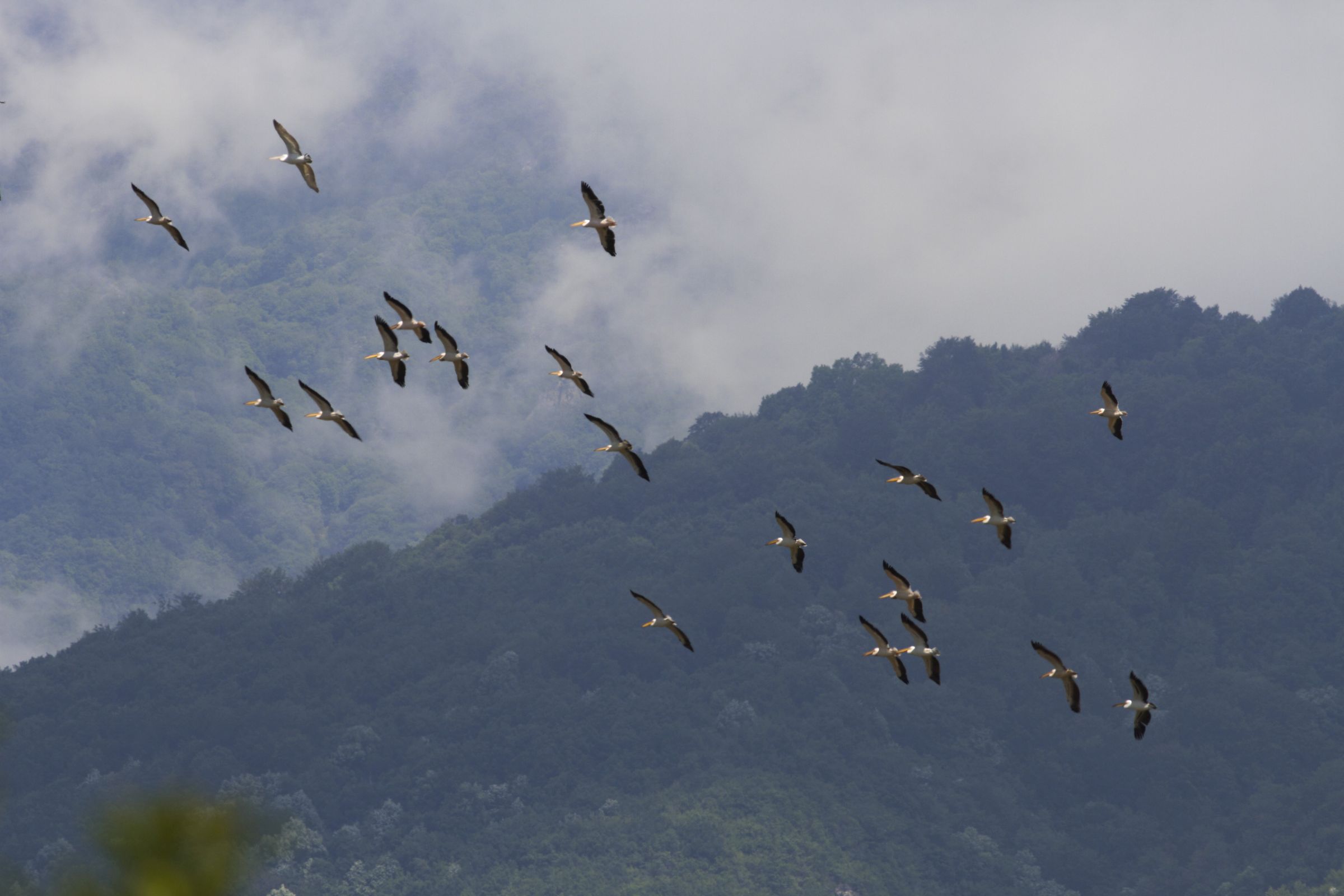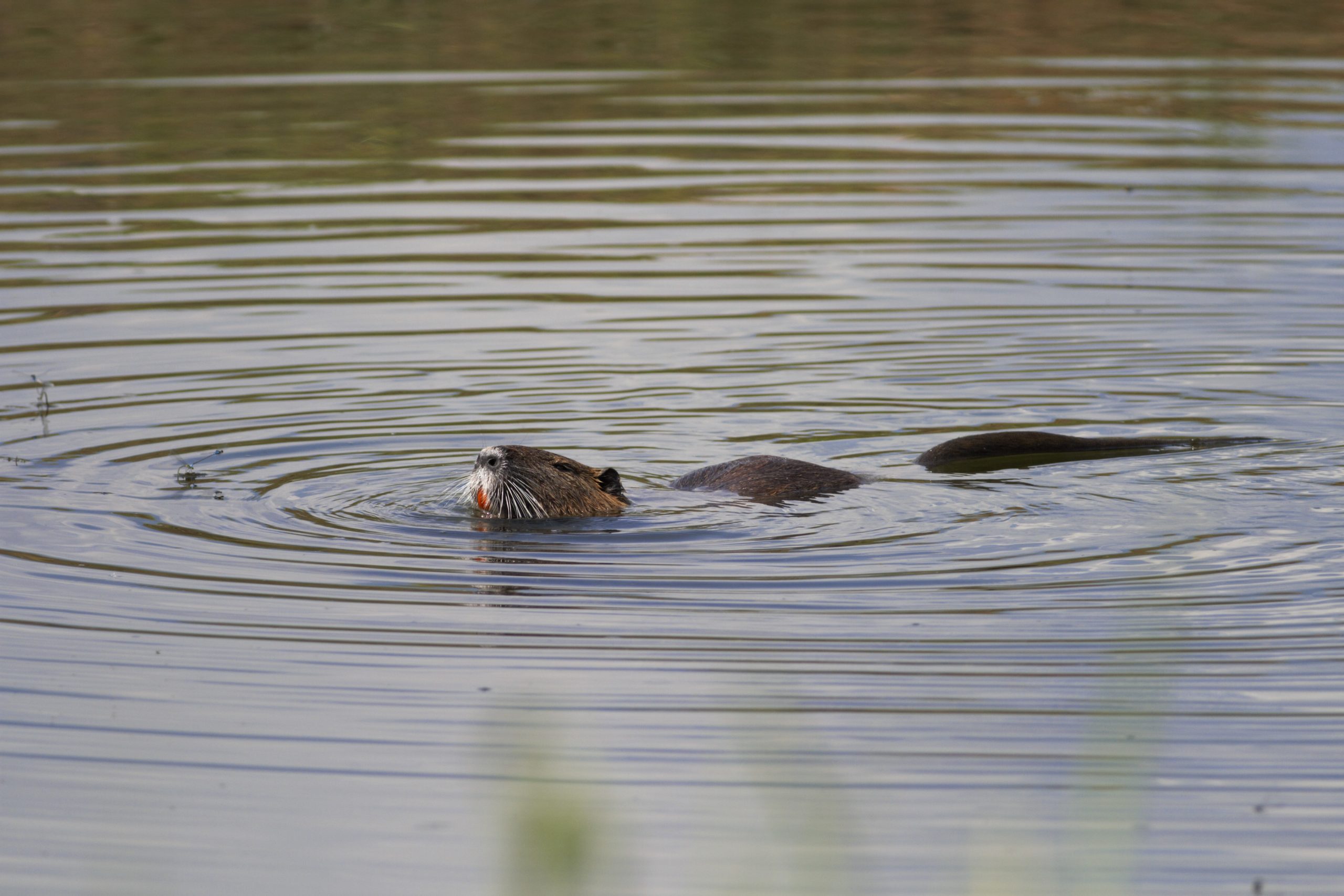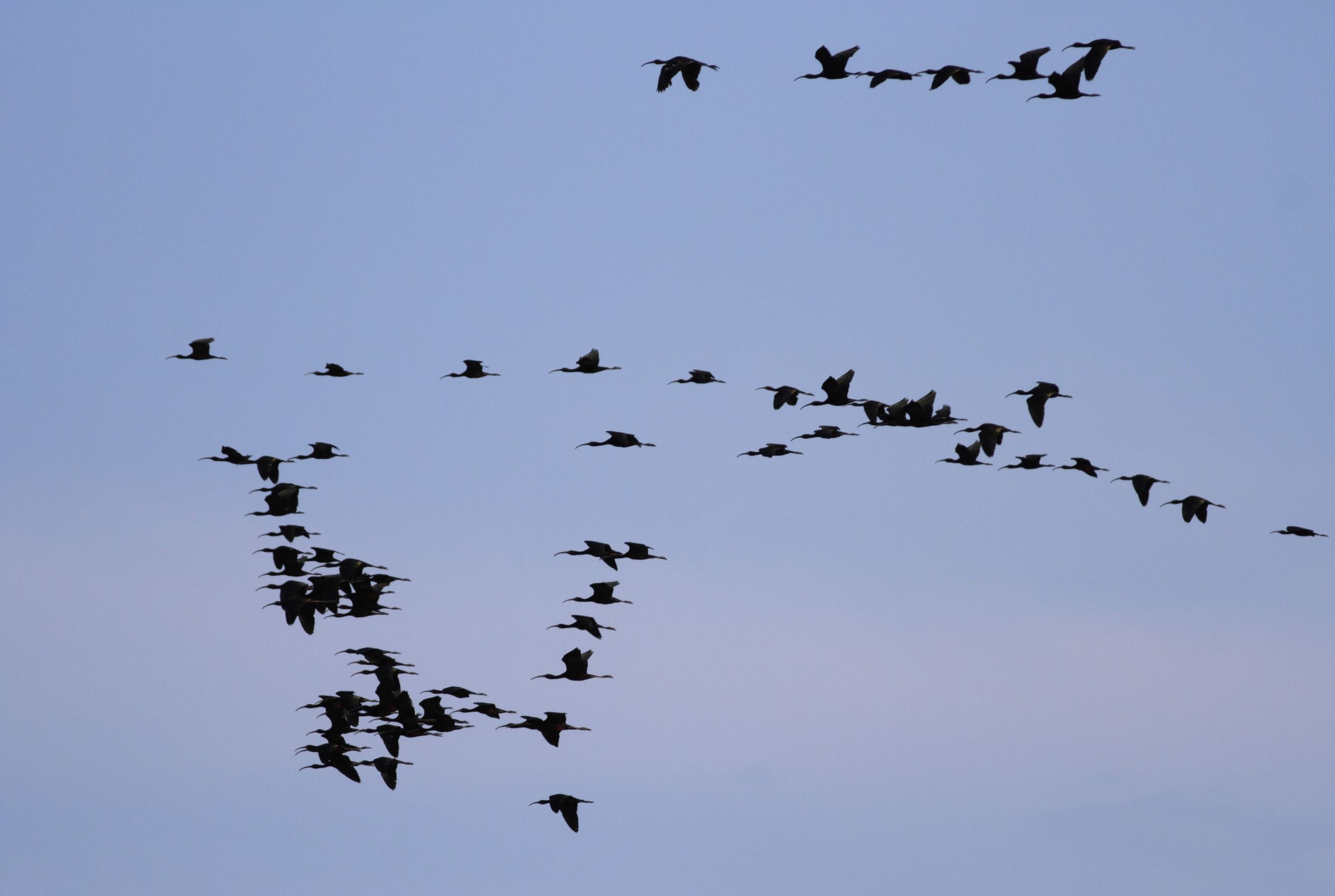Greece – June 2022
Monks Seals in full glory
This spring we visited Greece for the first time. The main goal there is to observe the Monk Seal; one of Europe’s and the world’s rarest mammals. Given the diversity that the country has to offer, Lake Kerkini is also on the program with regard to the itinerary followed during this spring trip. Since a bit atypical for an EB5 trip, we are considering adding an extra location to the program. This for the observation of Brown Bears (a real EB5 species) occuring in the country. However, we will not name specific locations. This is to keep our tour offer exclusive. After all, we see EB5 concepts copied everywhere.
- Monk Seal © Jan Kelchtermans
In any case: the first visit to this country was more than successful. The Monk Seal in particular scored above all expectations. After all, how easy it can be sometimes! We all know that, especially in densely populated Europe, the animal kingdom is under enormous pressure. Animals at the top of the food pyramid are often only present in remote, inhospitable and hard-to-reach areas. The situation of Monk Seal is an exception to this, however; at least where we go to look. The animals are close to resorts for summer tourists. The seals reproduction proves that the small poplation present thrive well. After all, for the first time in years, the animals have given birth there. Where we were still present in the quieter spring, however, they have absolutely no problem with the busyness of shipping once the summer season for sunbathers gets underway. Passing boats or busy beaches is something that does not disturb them at all.
- Monk Seal habitat © Jan Kelchtermans
There was also the anecdote of our captain who told how during one of the past summers a luxury yacht anchored in the middle of the resting and foraging area of the Monk Seals. Much to his surprise, the Monk Seals found themselves in the midst of a circle of the boat’s snorkeling crew! So it is clear that the relative peace, no hunting pressure, the clean water and the nutrient-rich supply of the environment (fish) are much more important for the Monk Seals than the bustle of humanity. Obviously adapting is a good strategy for survival!
- Monk Seal © Jan Kelchtermans
We were also able to observe several individuals up close during one of the two boat excursions we did. The second excursion, however, we saw nothing seal-wise. Most likely their absence, or so the captain of our boat explained, was caused by the heavy storm that ravaged the area between our two boat excursions. In the same weather conditions, the animals in the past chose to stay elsewhere for a while. Afterwards, they always returned to the same location.
Lake Kerkini
- Dalmatian Pelican © Jan Kelchtermans
- Nearly full grown offspring of Great Cormorant in the breeding colony of lake Kerkini © Jan Kelchtermans
- Great White Pelicans roosting on a fallen log in the breeding forest of herons, pelicans and cormorants of lake Kerkini © Jan Kelchtermans
- Great White Pelican © Jan Kelchtermans
- Little Egret and Spoonbill © Jan Kelchtermans
- Dalmatian Pelican © Jan Kelchtermans
- A foraging Squacco Heron © Jan Kelchtermans
- Pygmy Cormorant © Jan Kelchtermans
- The off shore breeding forest of pelicans, herons and cormorants © Jan Kelchtermans
- Feeding frenzy of pelicans and cormorants © Jan Kelchtermans
- The off shore breeding forest of pelicans and cormorants © Jan Kelchtermans
- Great Cormorant in the breeding colony of lake Kerkini © Jan Kelchtermans
Despite a long drive north, Lake Kerkini is an absolute avifaunic surplus and enrichment for the program. Although the general trend in bird numbers has not been too positive here in recent years, by our standards it was a very amusing experience to sail through the breeding colony of herons, pelicans and cormorants. An encounter with a feeding frenzy of both pelican and both cormorant species also something we remember from our first visit!
- Feeding frenzy of pelicans and cormorants © Jan Kelchtermans
A visit to the Romanian Danube Delta the only alternative to match this kind of experience! Other ornithological highlights were a hunting Levant Sparrowhawk, a migrating Eleonora’s Falcon and a breeding colony of Collared Pratincoles!
- Collared Pratincole © Jan Kelchtermans
In addition, the surrounding pastures are home to good numbers of European Wild Cat and European Jackal; two fun mammal species high on the wish list of many wild life enthusiasts.
- European Jackal © A. Melis
Moreover, you will find here several bird species typical of Eastern Europe. To name a few: Black-headed Bunting, Ferruginous Duck, Woodchat Shrike, Masked Shrike, Lesser Kestrel and Red-footed Falcon (migrating), Rosy Starling, Olive-tree Warbler, Spanish Sparrow, Syrian Woodpecker and Sombre Tit.
- Black-headed Bunting © Jan Kelchtermans
Main attraction is of course a boat safari to the breeding forest off shore hosting Great White Pelican, Dalmatian Pelican, Pygmy Cormorant and the many species of herons such as the Black-capped Night Heron, Little Bittern and Squacco Heron.
- Pygmy Cormorant © Jan Kelchtermans
- Black-capped Night Heron © Jan Kelchtermans
- Squacco Heron © Jan Kelchtermans
- Great Cormorant © Jan Kelchtermans
- Dalmatian Pelican and Great Cormorant in a dispute for a roost © Jan Kelchtermans
- Soaring pelicans © Jan Kelchtermans
- Coypu © Jan Kelchtermans
- Glossy Ibis © Jan Kelchtermans
- Little Bittern © Jan Kelchtermans
It is striking that this corner of Greece on the border with Bulgaria is visited by few: observation towers are in disrepair, access roads overgrown and villages abandoned. A general thing, by the way, during our trip: the crisis that hit Greece clearly left its mark. Nowhere else do you see so many empty houses, closed factories, shops and gas stations.
